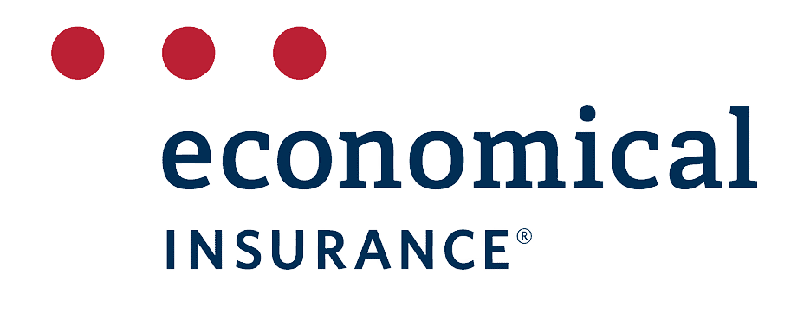Vehicle collisions can cause various types of damage, ranging from minor dents to severe structural issues. Understanding the common types of collision damage can help you identify and address issues promptly. In this article, we will explore the top 10 common types of vehicle collision damage and provide insights into each category.
1. Impact to the Vehicle’s Front Section
Front-End Damage Front-end damage is one of the most common types of collision damage. It occurs when the front portion of a vehicle collides with another object. This can result in damage to the bumper, headlights, grille, hood, and other front-end components.
2. Impact to the Vehicle’s Rear Section
Rear-End Damage Rear-end collisions are prevalent, often occurring due to tailgating or sudden stops. This type of collision damage affects the rear of the vehicle and can result in damage to the bumper, trunk, taillights, and exhaust system.
3. Impact to the Vehicle’s Sides
Side-Panel Damage Side-panel damage occurs when a vehicle is struck on its side. This type of collision damage can range from minor scratches and dents to more severe structural issues. Commonly affected areas include the doors, fenders, and side panels.
4. Minor Collision Impact
Fender Bender A fender bender refers to a minor collision that typically involves the front or rear fender of a vehicle. While the damage may seem minor, it can still result in dents, scratches, and misalignment of components.
5. Impact to the Vehicle’s Doors
Door Damage Door damage is a common occurrence in parking lots or tight spaces. It can range from small dents and dings to more extensive damage that affects the functionality of the door. Door damage may require repair or replacement to restore the vehicle’s appearance and functionality.
6. Impact to the Vehicle’s Bumpers
Bumper Damage Bumper damage is widespread in collisions due to its position at the front and rear of the vehicle. It can range from scratches and scuffs to more significant damage that requires repair or replacement. Bumper damage can also affect the sensors and other components integrated into modern bumpers.
7. Impact to the Vehicle’s Frame and Structure
Frame and Structural Damage In severe collisions, frame and structural damage can occur. This type of damage affects the underlying structure of the vehicle and requires professional repair to ensure the vehicle’s safety and integrity.
8. Impact to the Vehicle’s Glass Components
Glass and Window Damage Collisions can result in cracked, shattered, or broken windows and glass components. Impact from debris or other vehicles can cause damage to the windshield, side windows, and rear window. Prompt repair or replacement is crucial to maintain visibility and ensure the structural integrity of the vehicle.
9. Impact to the Vehicle’s Suspension System
Suspension Damage High-impact collisions can lead to suspension damage. This type of damage affects the vehicle’s suspension system, including the shocks, struts, and control arms. Suspension damage can result in poor handling, uneven tire wear, and compromised vehicle stability.
10. Impact to the Vehicle’s Paint and Coating
Paint and Finish Damage Even in minor collisions, paint and finish damage can occur. Scratches, chipping, and paint transfer are common. While cosmetic in nature, addressing paint and finish damage is essential to prevent rusting and maintain the vehicle’s aesthetic appeal.
Insurance providers we work with










